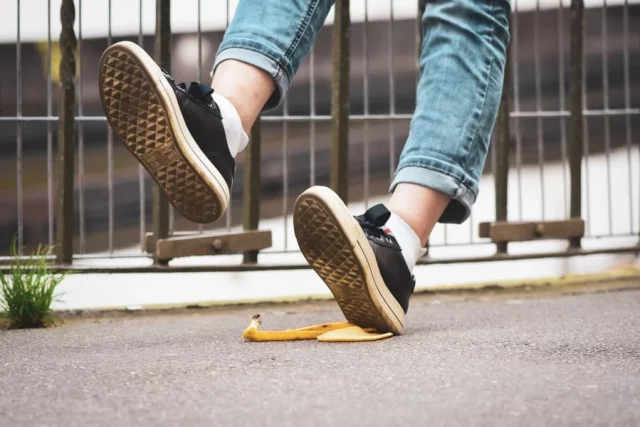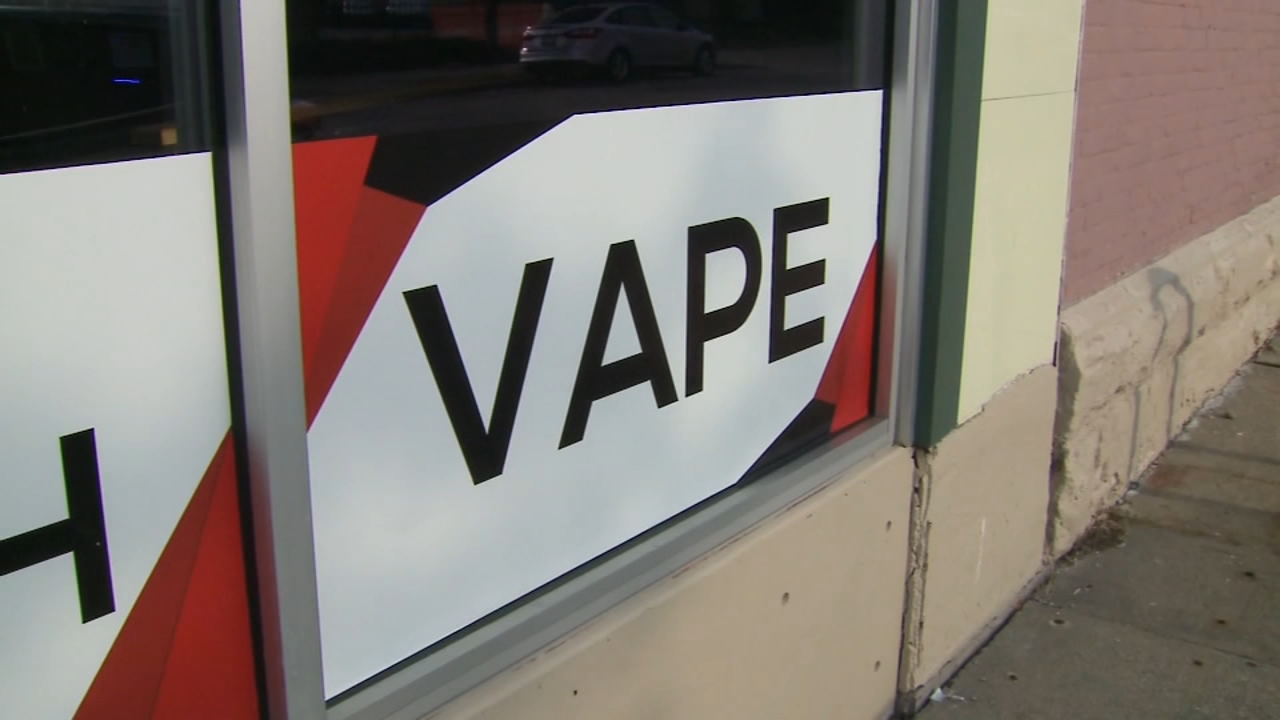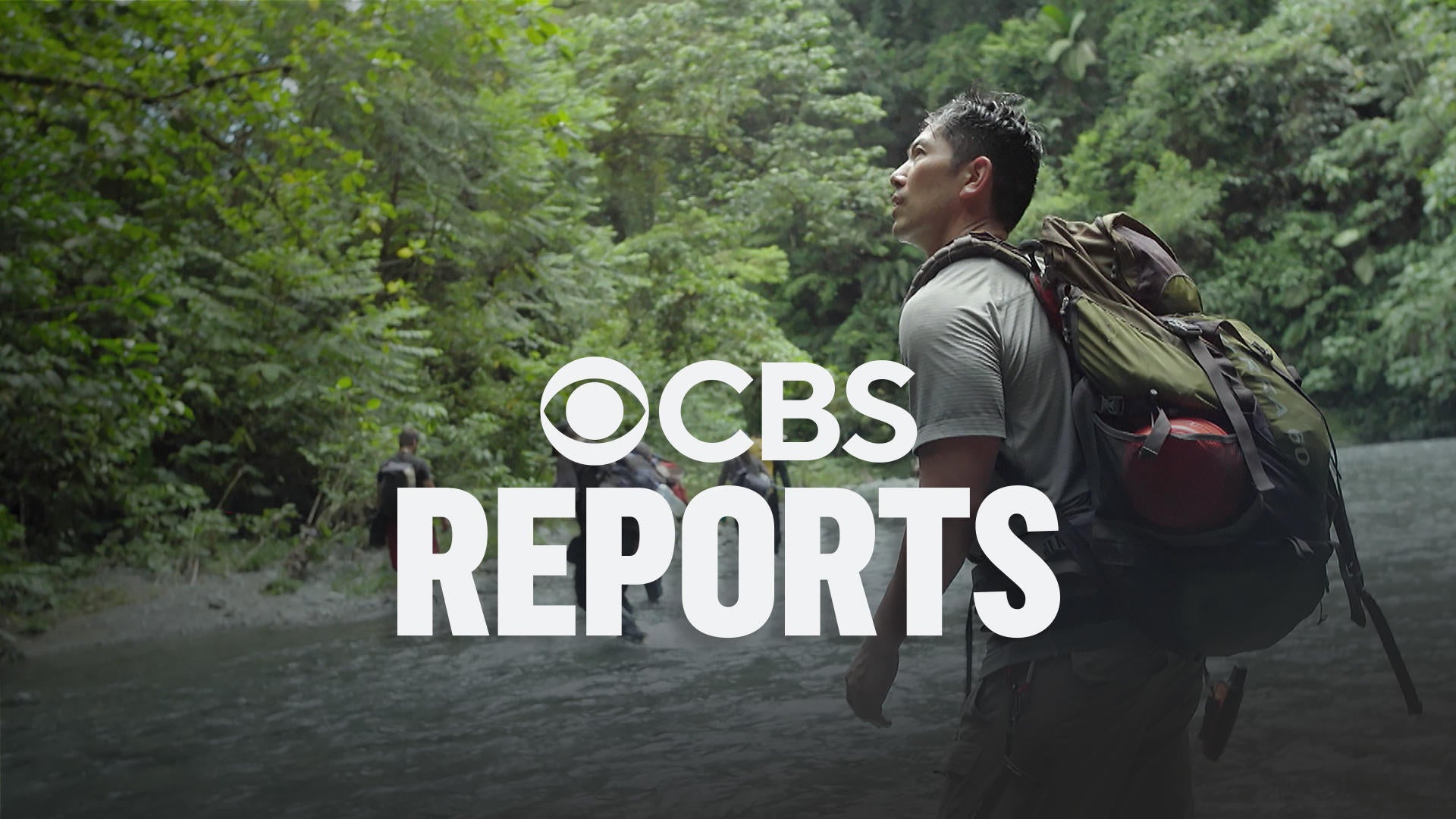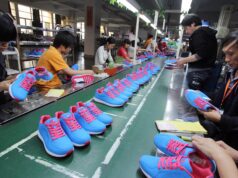Slip and fall accidents can be devastating for employees and companies. Such accidents can lead to injuries, ranging from minor cuts and bruises to serious long-term disability or death. While your employees are searching through reviews of personal injury lawyers in Tampa, here’s what businesses should know about the common types of injuries resulting from slip and fall accidents and what they can do to avoid them.
Slipped Discs
Slipped discs can cause excruciating pain and discomfort. This condition occurs when the soft cushioning discs between the vertebrae in your spine become misaligned due to a sudden jolt or strain. This misalignment can pressure nearby nerves, resulting in pain radiating through the back, buttocks, and legs.
If left untreated, slipped discs can lead to chronic pain and permanent nerve damage. Fortunately, various treatment options are available, including physical therapy, medication, and surgery, depending on the severity of the slipped disc. If you are experiencing slipped disc symptoms, seeking medical attention as soon as possible is crucial to prevent further damage and alleviate pain.
Broken Bones
Broken bones can occur due to a sudden impact or force on the body. Falls from heights or staircases are common culprits for such injuries. When a bone breaks, it can be a painful and unsettling experience. Seeking medical attention as soon as possible after a break is crucial in ensuring that it heals properly.
Treatment for broken bones may include immobilization with a cast, surgery, or physical therapy. Activities that involve impact or force should be avoided until the bone has fully healed. It is essential to take precautions to prevent falls and other incidents that may lead to broken bones, such as wearing appropriate footwear and using handrails when climbing stairs.
Head Injuries
Head injuries can range from mild concussions to traumatic brain injuries and skull fractures. These damages can occur from various incidents, such as falls, sports injuries, and car accidents. It is essential to seek medical attention immediately if you or someone you know experiences head injury symptoms, such as nausea, headaches, dizziness, or confusion.
While mild concussions may only require rest and monitoring, more severe injuries, such as traumatic brain injuries and skull fractures, may require surgery and ongoing rehabilitation. It is crucial to take head injuries seriously and to seek prompt medical attention to ensure the best possible outcome.
Sprains, Strains, and Soft Tissue Injuries
Sprains, strains, and soft tissue injuries can be debilitating and even damage your mobility if left untreated. These injuries are often caused by twisting or stretching tendons, ligaments, or muscles. Strains and sprains are common injuries in recreational and professional sports but can also result from everyday activities like household chores or work.
Some of the most common areas affected by sprains and strains are the ankles, wrists, and knees. Seeking prompt medical attention is crucial to ensure a speedy recovery and prevent long-term complications. With the proper treatment and care, most sprains and strains heal entirely, restoring the full range of motion and functionality.
Cuts And Lacerations
Cuts and lacerations can happen to anyone, ranging from minor injuries to life-threatening wounds. The severity of these injuries often depends on a person’s fall and can occur in seconds. Understanding that even minor injuries can become more severe if not treated properly is essential. It is important to seek medical attention for any cuts or lacerations to ensure they are properly cleaned and treated. Proper wound care not only helps prevent infections but also aids in the healing process. Proactively seeking professional medical attention can make all the difference in recovery.
Best Practices For Avoiding Slips And Falls
Every company must take the necessary precautions to reduce the risk of slips, trips, falls, and other workplace injuries. Understanding the dangers of specific areas within a building is a great place to start. Good housekeeping practices can go a long way in reducing hazards and helping people stay safe at work.
Using non-slip mats or coatings on floors that are known to be slippery, as well as placing warning signs where necessary, can also help reduce the risk of slips and falls. Inspecting floors for trip hazards or other issues will also ensure they remain safe. Additionally, encouraging employees to take breaks if they feel tired or dizzy can help prevent falls from fatigue-related accidents. Doing so can prevent the need for reviews of personal injury lawyers in Tampa.
Final Thoughts
Understanding the injuries caused by slips and falls and doing everything to prevent them is essential to keeping everyone safe. Taking the necessary steps to reduce hazards is integral to any injury prevention strategy. It is also important to remember that even if safety measures are implemented, there is still a chance for accidents and injuries. In these cases, seeking immediate medical attention for the best outcomes and quicker recoveries is crucial.
Following the tips above and taking preventative measures can prevent slips and falls in any environment.













